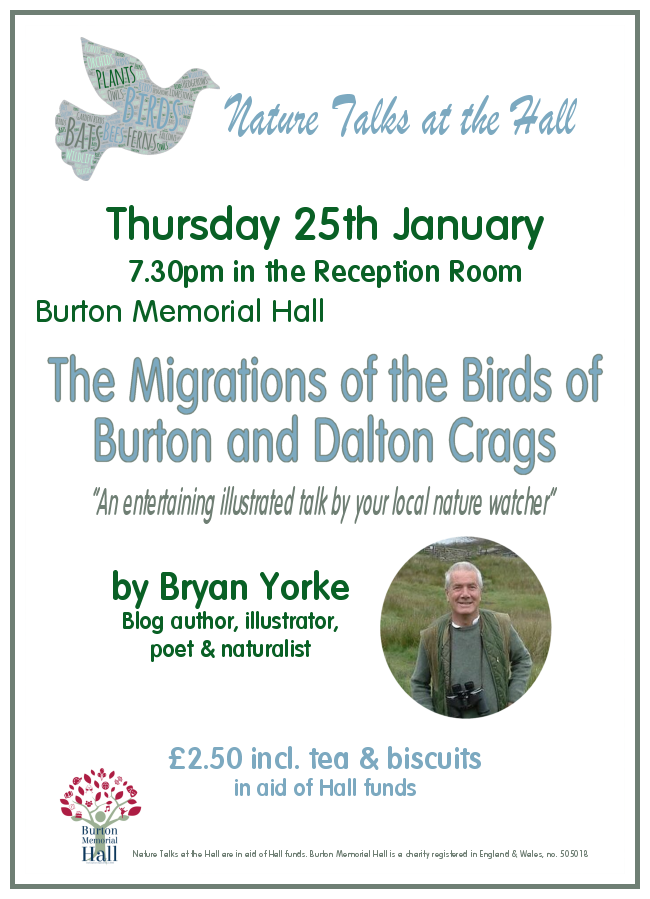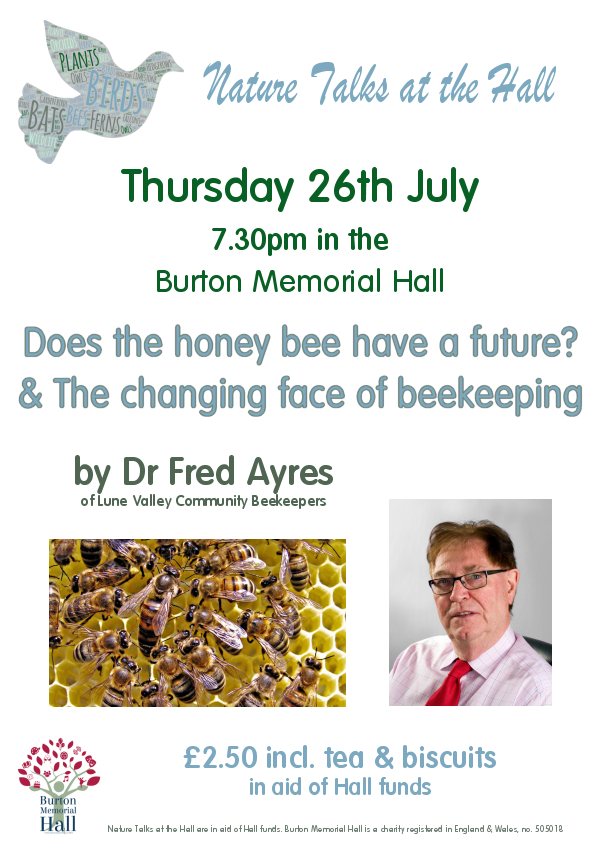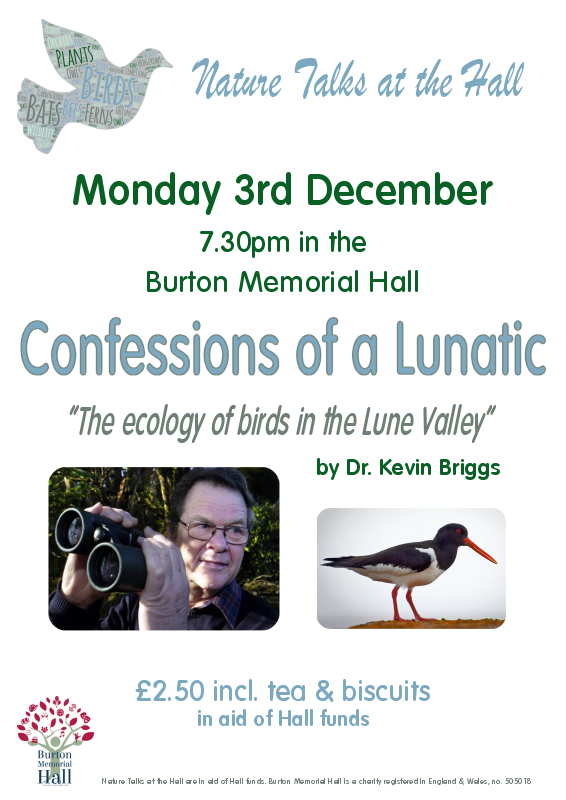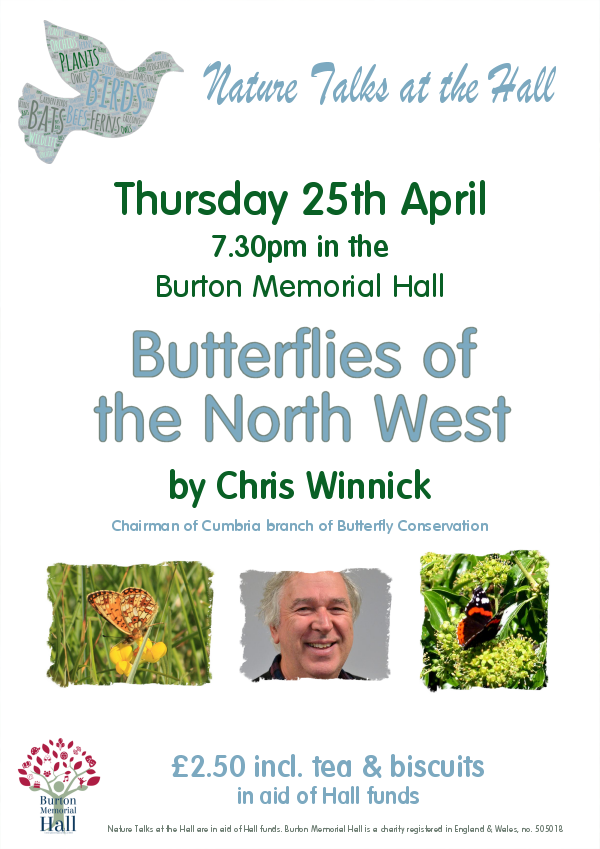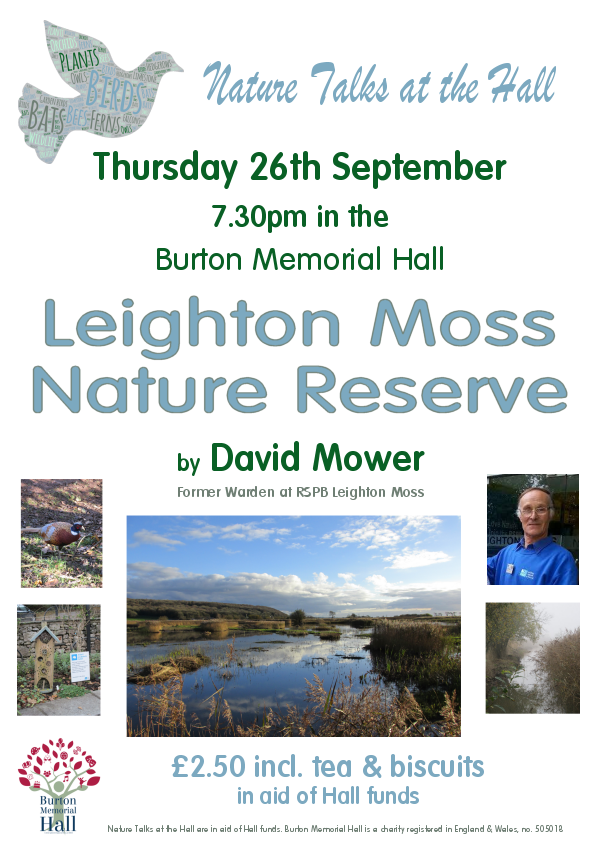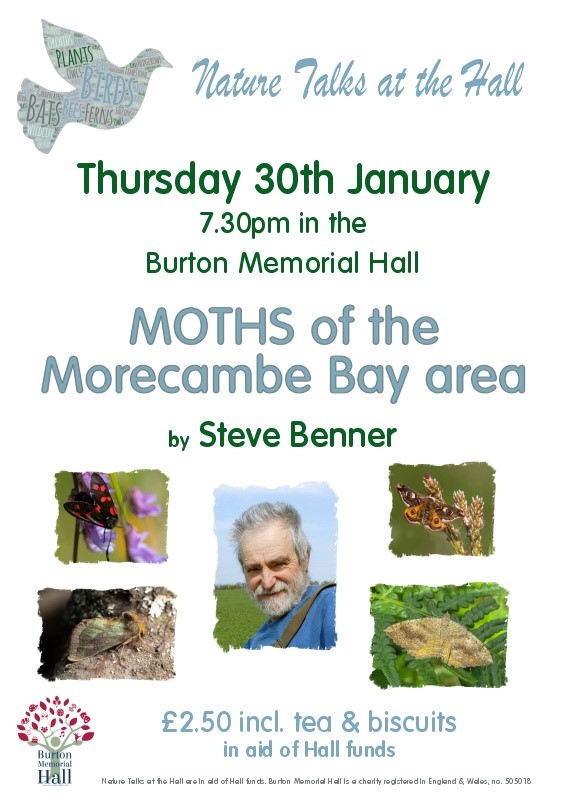.JPG) |
| "Northern Bedstraw" (galium sterneri) on Hutton Roof, Cumbria |
I guess at the moment I have about ten blogs stored away and going around in my head from the past two weeks which I have not been able to get down with pen and paper, but the reality is that I have been too engrossed with the Epipactis Atrorubens and their fascinating hybrids the "Schmals". Well I am breaking off the Schmal hunting to do this blog, but will have lots more stuff on the rare hybrids for Part 3 shortly.
It does seem strange, that you seem to wait ages to find a new species for your local patch, but then like yesterday you might get two in one day. Well that's just what happened. I was on my way in after a great day checking out more pavements for the Dark Red Helliborines. And something said check out "Pavement 7" which is a pavement quite near to "Easter Man" (a natural limestone sculpture!). I am glad I did call off here, although there was the odd epipactis or two, the thing that intrigued me more was to find a new species which I had never identified before on Hutton Roof, and it turned out to be the Northern Bedstraw, a beautiful plant has can be seen in the photo
(Please click over photo to enlarge).
The reason I havn't seen it before here is because there are no records of it for Hutton Roof or the surrounding area. It seems according to the atlas that the species is more frequent on the higher altitudes within the Central Lakes areas. A lovely plant and there is perhaps one metre spread with odd flowers just about starting to come through.
.JPG) |
| Heath Fragrant Orchid ( Gymnadenia borealis) on Hutton Roof |
Moving on and climbing up through the Crags to come back into full daylight and sunshine once again, I had only been going along the path for maybe some 50 yards and I just happened to notice a little flower peering through the rank grass which almost covered it up. I again had certainly never seen one of these before, other than in the great Orchid books. It stood at some 8" and the most beautiful flowerhead with its spurs, the head of the flower was about 1 1/4" in depth and about 3/4" in width, very small and I would guess very fragile. I did think it possible to be a Heath Fragrant, but not sure until I had checked out my books and sent a quick email along to my friend the Cumbria orchid guru Alan Gendle which he quickly confirmed diagnosis back to me.
.JPG) |
| Pyramidal Orchid at Dockacres |
It really was a nice turn up for the book, another new species never before recorded on Hutton Roof. In fact according to the atlas there is records of this species at two other locations in Cumbria, (Spadeadam and Watendlath), but I have since learnt that the species can be frequently seen in the Kirkby Stephen/ Brough areas on other Cumbria Wildlife Reserves eg: Argill, Smardale and Waitby.
I did search the immediate area but could only find the one, although confident the plant had actually flowered last year because the old decaying stem was right at the side of the current plant.
About a week ago I was on Dockacres and did manage one or two photos of the lovely Pyramidals, which by now had started to change over from their "pyramid" looking to their new look in the shape of a guardsman's helmet shape.
Another photo I took this week was the Zig Zag Clover, it always makes a superb photograph. A new find for me also this week was a small colony of albino or white "Herb Robert" which were quietly tucked away in the shadows near to a first time exploratory pavement. The reason I happened to be on this pavement at this time was purely because of a pleasant diversion, because I had just gone past a small tree on Hybrid Hill, when an almighty scream was heard directly at the side of me within 20ft and to be honest I don't know who was frightened most, but there was this most beautiful little Roe Deer fawn with all its white spots and obviously it was trying to bring attention of its fright to its mother which must have been feeding far off. I quickly turned and moved away from the fawn and proceeded to the next nearby pavement, both of us looking back or forward at one another until I was completely out of sight. I shortly heard the mother deer running across the pavement with haste whilst she must have located and moved her little one to another hopefully safe area. I thought what a relief it must have been for the mother to find her fawn OK, it must have been great anguish for her from the moment she heard in the far distance that young fawn scream out like it did.
 |
| Zig Zag Clover on Hutton Roof |
Also found more populations of Squinancywort, Birds Foot Sedge, Small Scabious, Carline Thistle, Hemp Agrimony, Ploughmans Spikenard, Spring Sandwort. Found singletons and the odd four group of Common Twayblade on The Common. Some more populations of Slender St. Johns Wort. along with lots of Hawkweeds (various), Fairy Flax, Wild Thyme, Wall Lettuce and all the other regular stuff.
Done regular checks on the Pale St. John's Wort
(Hypericum Montanum ss perforaturm) which we have on Lancelot and they seem to be doing well with an slight increase to 13 flowering plants this year and as yet no deer problems.
Lots of the beautiful Lancelot special "Purpurea" Broad Leaved Helliborines have already been attacked by the deer with most of them already having the heads bit off, but there is still one or two about the old tree and thankfully as yet the "special" light purple one is still intack.
.JPG) |
| Hypericum Montanum ss perforatum (prob: pulchrum) |
Really exciting news with two more populations of Northern Brown Argus Butterflies being recorded from the higher ground located on the East side of Hutton Roof, feeding quite near to the Common Rock Rose.
Other species seen this week include: Hundreds of Ringlets,scores of Meadow Browns, scores of Dark Green Fritillaries, Tens of Small Pearl Bordered Fritillaries, lots of Small Heaths, Large Skippers. It was great yesterday to see my first Grayling flying over Lancelot, no doubt there should be scores in the coming days.
Birdwise I had a party of young Green Woodpeckers yesterday at the top of Lancelot Clark Storth, today I had a single Lesser Whitethroat calling, the Tree Pipits are almost silent just the odd one now with a feeble effort in comparison on their usual.
Spent lots of time up on the top checking out and gathering information on the Epipatis atrorubens, the E. Helliborines and also the rare hybrids E. Schmalhauseneii. I have also had some great help again this year with the Epipactis recording etc from Alan G who has also brought along some wire cages and we have been trying to "make safe from the deer" some of the suspected schalhauseneii's.
Will try and collate some of the rare Schmalhauseneii photos in the next couple of days. This below is a sampler showing three plants that are even struggling to straighten up because of the large volume of their spikes.
.JPG) |
Three separate plants, that are heavy in flower and bud
they are finding it difficult to straighten out. |
Remember: E. Schmalhauseneii Part 3 coming up soon....
I was part of the Burton In Kendal Swift group which met in the Village on Friday last to do a regular check up of our Swift numbers and the recording of their nest sites etc. We are never disappointed but it was really quiet just the odd one or two being seen. It was probably quiet on account of it had been raining heavy earlier. It does seem strange that I keep reading in the last few days that over 5000 Swifts per day are already heading home past the Spurn Observatory on the East Coast. We can only presume that these maybe young immature birds which did originally come in with the adult birds and decided to do a Recci before heading back. Our breeding populations usually start dispersal from about the first week in August.
.jpg)

.jpg)
.jpg)

.jpg)

.jpg)
.jpg)




.jpg)




+(Small).jpg)
.JPG)


